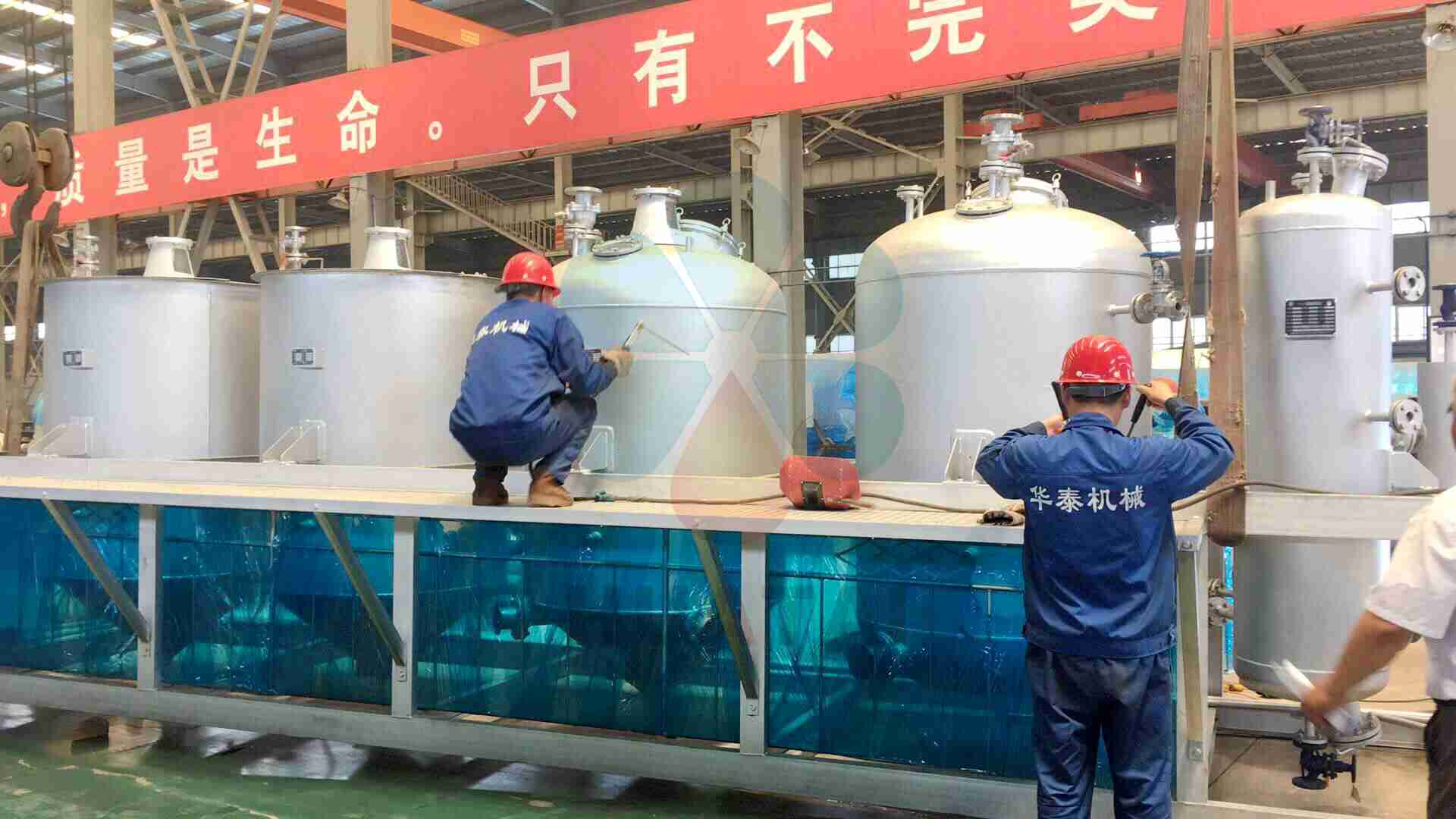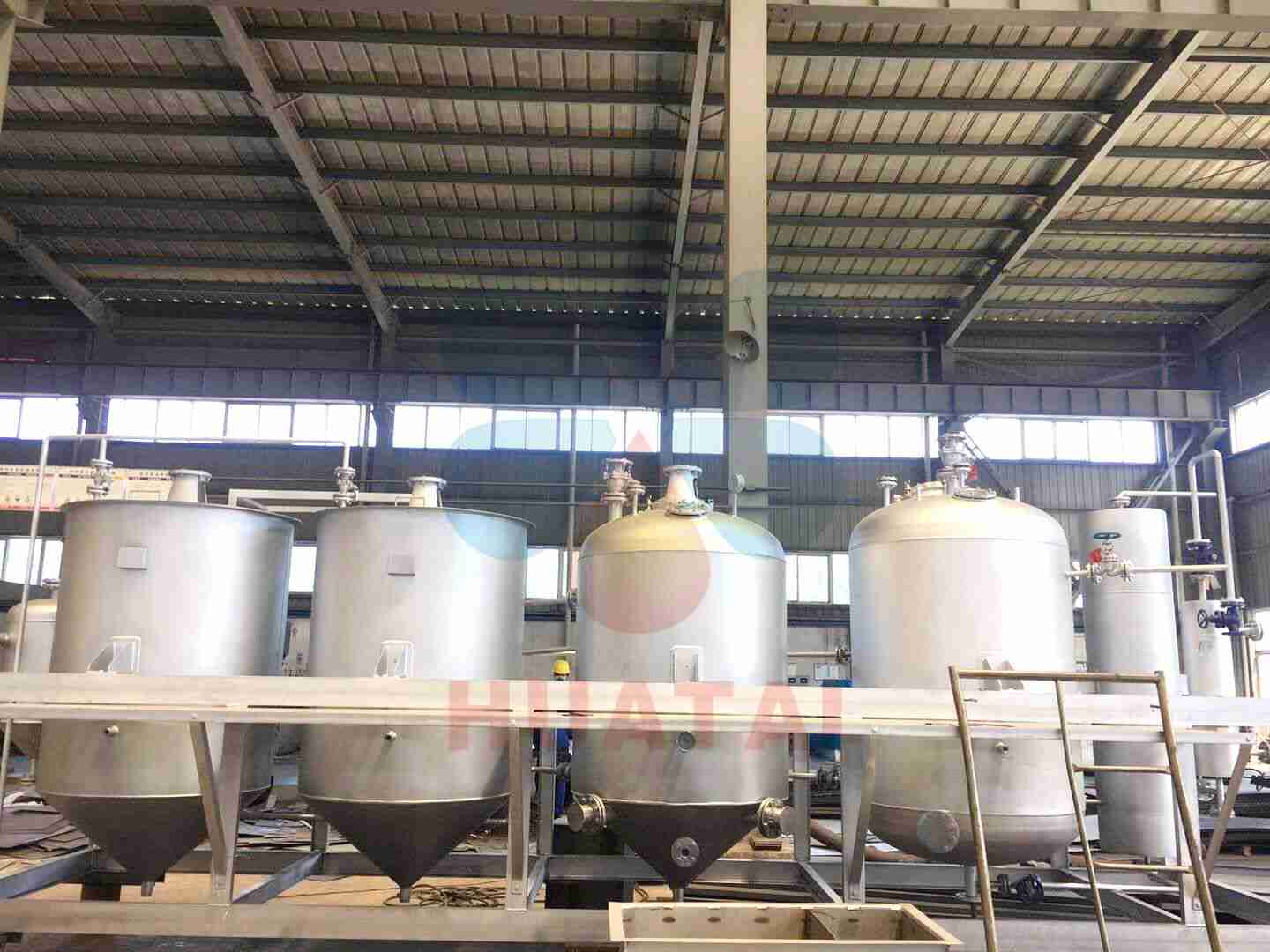Crude oil refining, the deep processing of crude oil, aims to remove impurities. These impurities not only compromise the edible value and long-term storage stability of the oil but also create significant challenges for further processing. However, refining does not entail the complete elimination of all impurities. Instead, it selectively targets components detrimental to consumption, storage, and industrial applications, such as proteins, phospholipids, mucilage, and excess moisture. Meanwhile, beneficial "impurities," such as tocopherols (vitamin E), should be preserved. In essence, refining focuses on precisely removing harmful impurities based on specific requirements and intended uses, thereby producing finished oils that meet established quality standards.

The refining of extracted crude oil involves a series of processes to transform raw crude oil into high-quality refined oil. Key steps include degumming, deacidification, decolorization, deodorization, and dewaxing.
A critical first step, degumming removes colloidal substances, particularly phospholipids. This is typically achieved through the hydration degumming method, where water and an electrolyte solution are added to induce the absorption, swelling, and aggregation of phospholipids and other colloidal impurities, facilitating their separation from the oil.
This core step removes free fatty acids (FFAs) from the crude oil. The alkali refining method is widely used for its efficiency. By reacting alkali with FFAs, soap stocks are generated and separated from the oil.
Adsorption techniques are employed to eliminate pigments, residual soap traces, phospholipids, and other impurities, ensuring the oil’s purity.
This process removes off-flavors, enhances the oil’s smoke point, improves flavor, and eliminates harmful substances such as peroxides and their decomposition byproducts. Conducted under vacuum, high-temperature steam is passed through the oil to volatilize and carry away odorous components.
Leveraging the temperature-dependent crystallization of waxes, this step cools the oil to precipitate wax crystals, which are then removed via filtration or centrifugation.

Each process targets specific impurities to ensure oil purity and quality. For instance, deacidification removes FFAs, while deodorization enhances smoke point and flavor. These steps collectively produce refined oils that meet market demands.
As a professional manufacturer of edible oil refining equipment, Henan Huatai Cereals and Oils Machinery Co., Ltd. is committed to advancing the modernization and internationalization of China’s oil refining technology. The company holds multiple national patents and utilizes CNC automated intelligent manufacturing systems to produce a wide range of oil refining equipment tailored to diverse specifications.
Huatai Oil Machinery provides good quality oil mill plant, time & fast delivery, perfect after-sale services, and reasonable price, contact us!
Website: https://www.huataioilmachine.com/Copyright @ Henan Huatai Cereals And Oils Machinery Co.,Ltd.